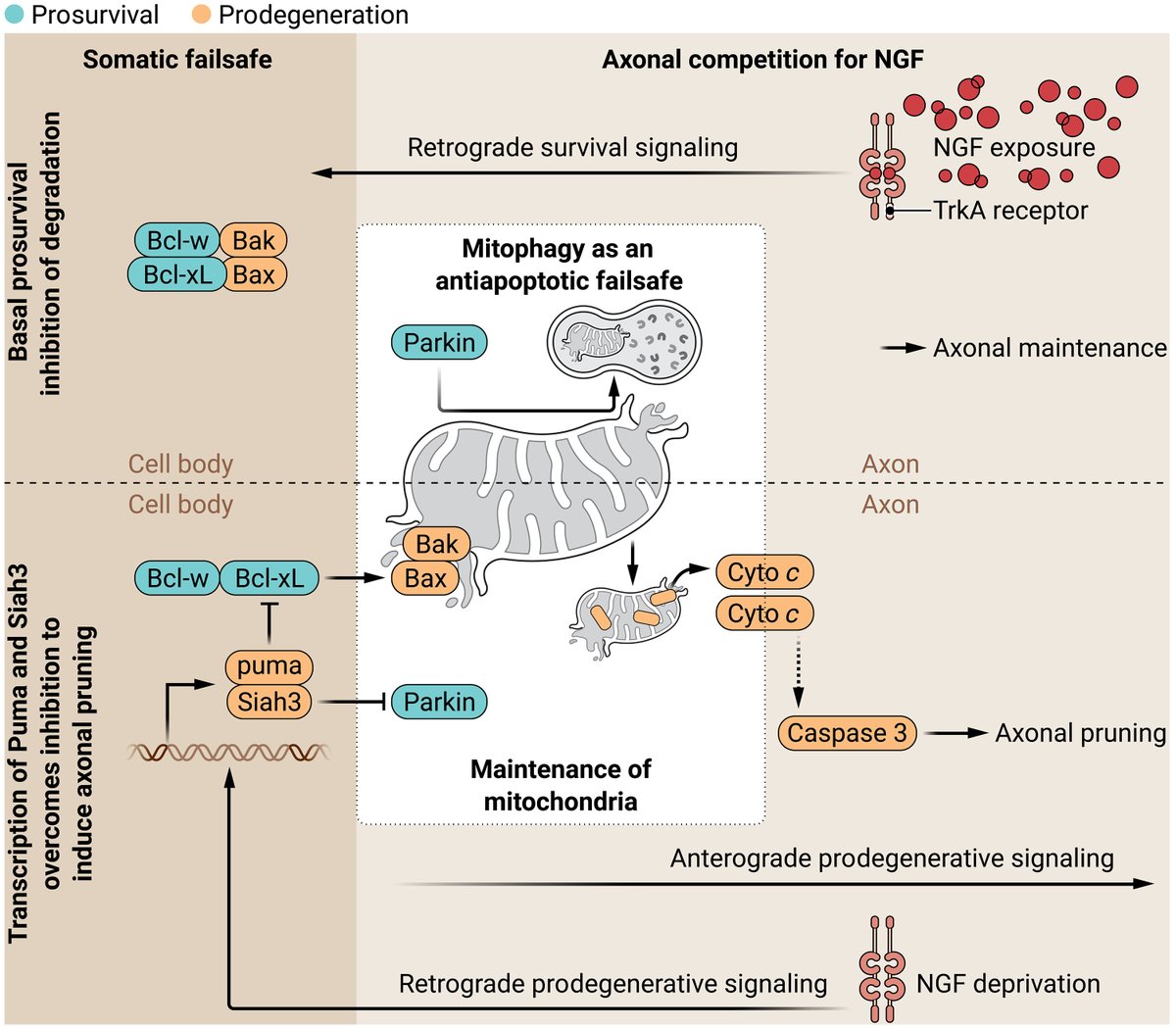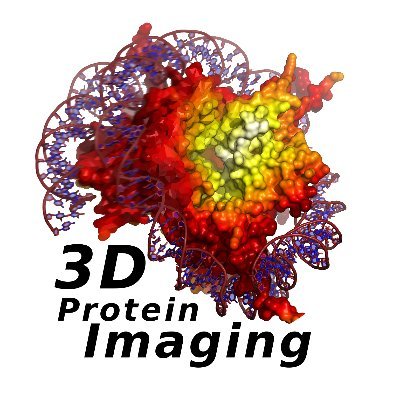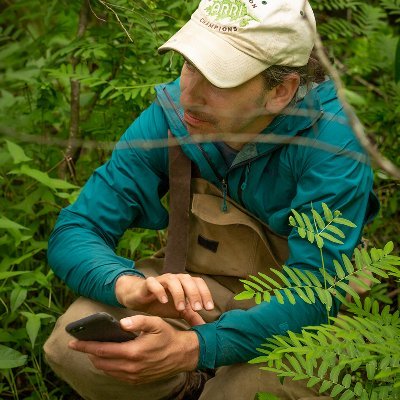
Science Visuals
@ScienceVisuals
Follow @ScienceMagazine to see the latest graphics and visualizations from the Science Visuals team.
Tal vez te guste
In Botswana, a geologist hunts for signs of the rifting that is tearing the continent apart. Learn more in this @NewsfromScience feature: bit.ly/4hQcJBH

Centuries of selective breeding of Siamese fighting (betta) fish have made them popular pets. But their early domestication was focused on a different signature trait: aggression. A new #ScienceVideo uncovers what puts the fight in these fish: bit.ly/3AfDZbE
Chimeric antigen receptor T-cell (CAR-T) therapy, already approved for certain blood cancers, is generating excitement in early tests against autoimmune diseases. Learn more in this @NewsfromScience feature: bit.ly/3UZN9QL

Sensors mounted onto northern elephant seals provide a unique view of the open sea. 🎥 Learn more in this #ScienceVideo: bit.ly/3Z93kxD
The Science Visuals team is looking for a temporary photo editor to assist in sourcing compelling high-quality imagery for publication in @ScienceMagazine and @NewsfromScience. Apply by 30 November: bit.ly/4ecoDT4

Disruptions between the brain’s master circadian clock and the liver’s internal clock, communicated via the hepatic afferent vagal nerve, can lead to unhealthy eating patterns and increased weight gain. 📄: bit.ly/3ULwuAi #SciencePerspective: bit.ly/3Z1GYOE

Why do humans mature so slowly? A small-brained member of Homo that lived 1.8 million years ago may signal a step toward long, drawn-out childhoods. Learn more: bit.ly/4fLPWoE @NewsfromScience
A new @ScienceMagazine study reports how #COVID19 travel restrictions and social measures reshaped the global dispersal of influenza. Learn more ⬇️ 📄: bit.ly/3YZ1Vd5 #SciencePerspective: bit.ly/3YWzfkB

Plant scientists have high hopes for short corn. Learn more in this @NewsfromScience feature: bit.ly/3CmKj1H #ScienceMagArchives

In a new @ScienceMagazine study, researchers report a previously overlooked contributor to the meningeal immune landscape in early brain development: group 2 innate lymphoid cells (ILC2s). Learn more ⬇️ 📄: bit.ly/3YzGBJE #SciencePerspective: bit.ly/4fg4zkc

It’s either one of the cutest or most annoying things your dog does—depending on how far away you’re standing: the vigorous full-body shake that comes after a dip in a lake or a pool, one that flings off seemingly every last drop of water. It turns out that these “wet-dog…
This elephant learned to use a hose as a shower. Then her rival sought revenge. The behaviors reveal sophisticated tool use—and possible “pranking”—among pachyderms. Learn more: bit.ly/3Ar6pzH @ScienceVisuals
Scientists studying the deep sea have built an underwater robot that can gently scoop up delicate fish, squid, and even jellyfish, with a folding container inspired by the Japanese art of origami. Learn more on #OrigamiDay. ➡️ bit.ly/3CaBwQe @NewsfromScience
Are implantable, living pharmacies within reach? A new #SciencePerspective investigates the potential of biohybrid-based medicine, where cell-based drug factories could produce therapies on demand inside patients. bit.ly/4hlS0VQ @ScienceMagazine

By looking broadly for behaviors characterizing sleep in humans and other organisms, researchers are finding that most animals, even very simple ones, have a restful state. Learn more: bit.ly/3CuhVWI #ScienceMagArchives


Emus’ weird running is surprisingly energy efficient—and dinos’ may have been, too. Learn more: bit.ly/40hYxuR @NewsfromScience
Current #COVID19 vaccines induce suboptimal respiratory mucosal immunity even after mRNA boosters. @ScienceTM 📄: bit.ly/48vWJR2; bit.ly/4flK6u4 Focus: bit.ly/3C2Yau3

A new study in @SciRobotics describes the Fast Lock-On tracking system that can record a flying honeybee outdoors while keeping its antennae and wings in focus. bit.ly/4f5NDNd
Scientists have discovered a pathway centered on #mitophagy—the breakdown of mitochondria—that helps “prune” tendril-like growths from neurons in the nervous system. @SciSignal 📄: bit.ly/3Uoe9Je Focus: bit.ly/3YnjYb9

Centuries of selective breeding of Siamese fighting (betta) fish have made them popular pets. But their early domestication was focused on a different signature trait: aggression. A new #ScienceVideo uncovers what puts the fight in these fish: bit.ly/3AfDZbE
United States Tendencias
- 1. Seahawks 23K posts
- 2. Giants 68.3K posts
- 3. Bills 135K posts
- 4. Bears 60.2K posts
- 5. Rams 17.1K posts
- 6. Daboll 12.5K posts
- 7. Jags 7,049 posts
- 8. Caleb 49.2K posts
- 9. Dart 26.5K posts
- 10. Dolphins 33.5K posts
- 11. Josh Allen 16.5K posts
- 12. Texans 37.9K posts
- 13. Russell Wilson 4,107 posts
- 14. Browns 38.7K posts
- 15. Patriots 108K posts
- 16. Ravens 38.5K posts
- 17. Bryce 15.9K posts
- 18. Trevor Lawrence 2,592 posts
- 19. Niners 3,398 posts
- 20. Henderson 17.9K posts
Tal vez te guste
-
 News from Science
News from Science
@NewsfromScience -
 Science Advances
Science Advances
@ScienceAdvances -
 Nature Communications
Nature Communications
@NatureComms -
 3D Protein Imaging
3D Protein Imaging
@proteinimaging -
 Anka He Chen
Anka He Chen
@AnkaHeChen -
 Genetic Engineering & Biotechnology News
Genetic Engineering & Biotechnology News
@GENbio -
 CVR Bioinformatics
CVR Bioinformatics
@CVRbioinfo -
 Brady Johnston
Brady Johnston
@bradyajohnston -
 CRISP
CRISP
@CrispSurv -
 OMFIF
OMFIF
@OMFIF -
 Nordic Life Science
Nordic Life Science
@NLifeScience -
 Noel Lovejoy
Noel Lovejoy
@roamingaussie
Something went wrong.
Something went wrong.





























































































































